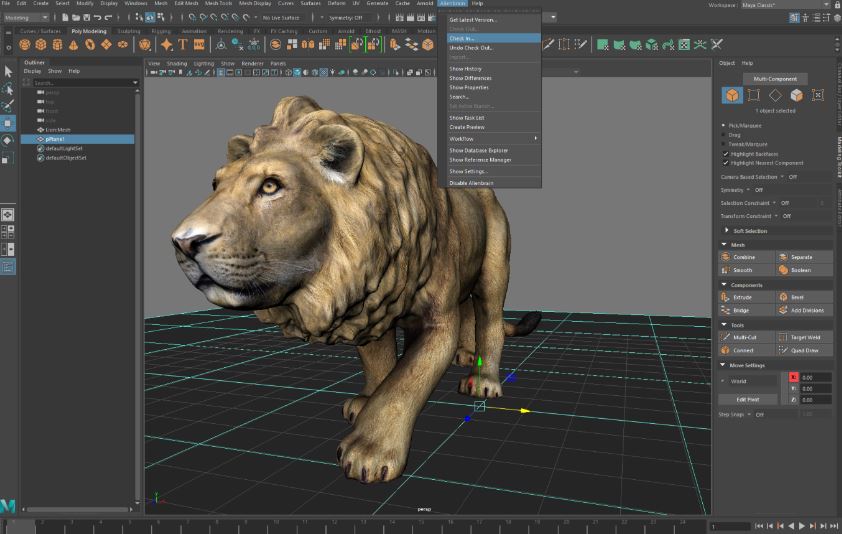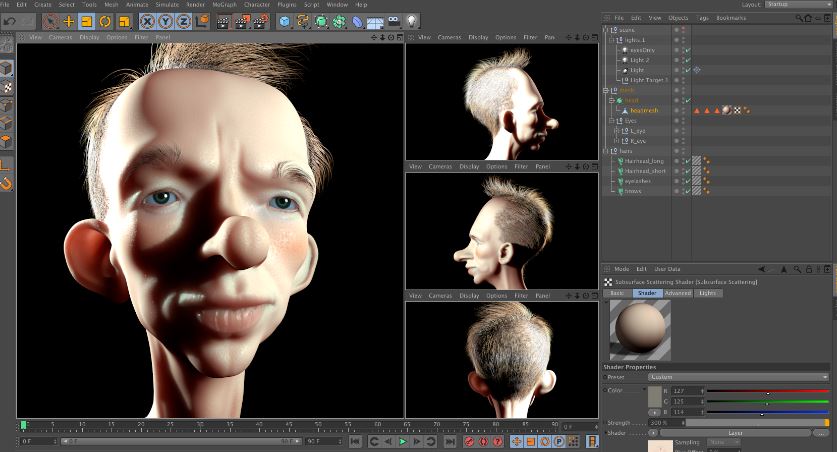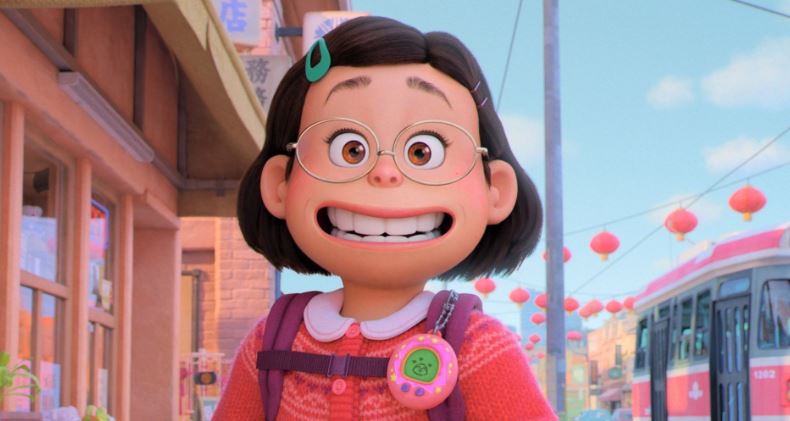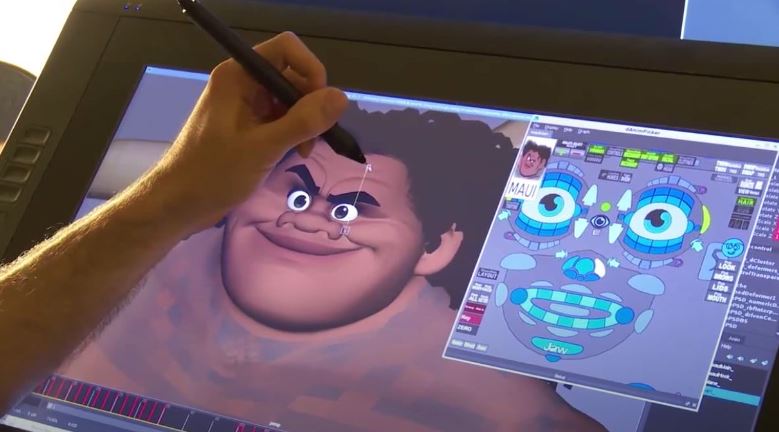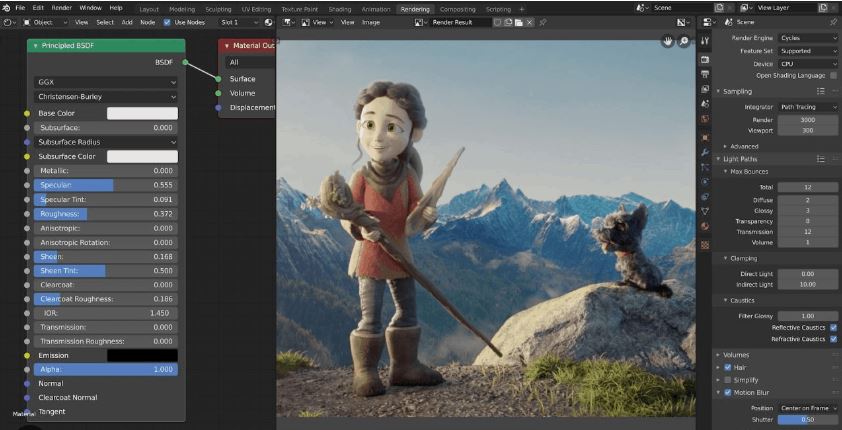Animation has captivated audiences for decades, transporting them into imaginative worlds and bringing characters to life. One of the most significant advancements in the field of animation is computer animation. In this article, we will explore the fascinating world of computer animation, examining its history, techniques, and its impact on various industries.
The Evolution of Computer Animation
Computer animation traces its roots back to the early days of computing. The pioneering work of Ivan Sutherland, who developed the revolutionary “Sketchpad” system in the 1960s, laid the foundation for computer-generated imagery (CGI). However, it wasn’t until the 1970s and 1980s that computer animation began to gain traction in the entertainment industry. Pixar Animation Studios, founded in 1986, played a pivotal role in the evolution of computer animation, producing ground-breaking films like “Toy Story” and “Finding Nemo.”
Techniques in Computer Animation
3D Modelling and Rendering
One of the fundamental techniques in computer animation is 3D modelling and rendering. Artists use specialized software to create three-dimensional models of characters, objects, and environments. These models are then textured, lit, and animated to bring them to life. The rendering process involves transforming the 3D models into 2D images or frames, complete with lighting, shadows, and textures, ready for the final output.
Rigging and Animation
Rigging is the process of creating a digital skeleton for characters or objects, allowing animators to control their movements. Through rigging, animators can articulate the characters’ limbs, facial expressions, and other physical attributes. The animation phase involves manipulating the rigged models to create realistic movements, giving them personality and emotion.
Motion Capture
Motion capture is another technique widely used in computer animation, particularly for realistic character movements. Actors wear special suits embedded with markers, which track their movements and transfer them to digital characters. This technique adds a layer of authenticity and naturalness to animations, making them more lifelike. Play online casino games and enjoy the huge bonuses that they offer.
Applications of Computer Animation
Film and Television
Computer animation has become an integral part of the film and television industry. From epic fantasy worlds to animated characters, CGI has enabled filmmakers to push the boundaries of storytelling. It has opened up new possibilities for visual effects, creating realistic creatures, breath-taking landscapes, and mind-bending action sequences. Additionally, animated television series and commercials also rely on computer animation to engage viewers and deliver visually stunning experiences.
Video Games
The gaming industry has experienced a revolution thanks to computer animation. Sophisticated graphics and lifelike animations have elevated the gaming experience to new heights. From sports simulations to immersive role-playing games, computer animation enables game developers to craft visually immersive and interactive worlds that captivate players.
Education and Training
Computer animation has found its way into educational settings, where it is used to enhance learning experiences. Interactive animations help students grasp complex concepts in subjects like science, engineering, and medicine. Additionally, simulation-based training in fields such as aviation and medicine utilizes computer animation to create realistic scenarios for trainees, enabling them to practice and refine their skills in a safe environment.
Impact and Future Developments
The impact of computer animation on various industries cannot be overstated. Its ability to engage and immerse audiences has made it an indispensable tool for storytelling, marketing, and education. As technology continues to advance, we can expect further developments in computer animation. The integration of virtual reality (VR) and augmented reality (AR) into animation opens up new possibilities for interactive
Impact and Future Developments
Advertising and Marketing
Computer animation has revolutionized the advertising and marketing industry. Brands utilize animated commercials and promotional videos to grab the attention of their target audience. With computer animation, marketers can create memorable characters, vibrant worlds, and captivating narratives that leave a lasting impression on viewers. The ability to visually showcase products or services in a dynamic and engaging manner has proven to be highly effective in conveying messages and driving consumer engagement.
Architectural Visualization
Computer animation has found a valuable application in architectural visualization. Architects and designers can create virtual walkthroughs of buildings and environments, allowing clients to experience the proposed designs in a realistic and immersive way. This enables stakeholders to make informed decisions, visualize spatial layouts, and assess the aesthetic and functional aspects of architectural projects before construction even begins.
Scientific Visualization
Computer animation plays a crucial role in scientific visualization, aiding researchers and scientists in presenting complex data and phenomena. From astronomical simulations to molecular animations, computer-generated visuals help convey scientific concepts in a visually appealing and easily understandable manner. This allows for better communication of research findings, educational materials, and public outreach initiatives.
Conclusion
Computer animation has transformed the way we perceive and interact with visual media. From films and video games to education and marketing, its impact spans across various industries. Through techniques like 3D modelling, rigging, and motion capture, computer animation has enabled artists and creators to bring their imaginations to life. As technology continues to evolve, we can look forward to even more immersive and engaging experiences, pushing the boundaries of what is possible in the realm of animation. The future of computer animation is bright, promising endless creative opportunities and captivating storytelling adventures.

